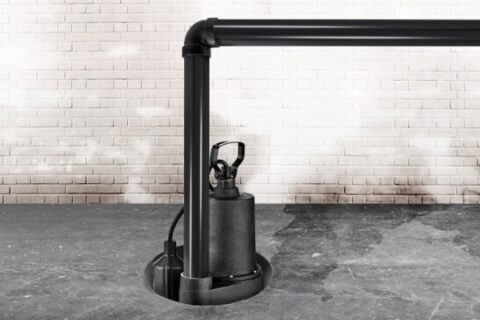Proper Water Heater Maintenance: Expert Guide
Make Preparations
The night before you maintain your water heater, shut off the circuit breaker powering this appliance. Then, close the water inlet valve. The tank will be cool and ready to go by morning. Gather the supplies you’ll need as well, including:
- Bucket
- Work gloves
- Garden hose
- Flathead screwdriver
- Socket wrench
- Teflon tape
Test the Temperature/Pressure Relief Valve
The TPR valve located near the top of the tank opens if the internal pressure gets too high. To test it, first place a bucket under the pipe coming from the TPR valve. While wearing gloves, lift the valve and let the water dribble out. Let go of the valve, and it should snap back into place. If water continues to escape from the valve, replace it.
Drain the Tank
Place a bucket under the drain valve near the bottom of the tank. Alternatively, you can connect a garden hose with the other end leading outside. To open the valve, turn the handle or insert a flathead screwdriver into the handle-less stem. When the bucket is full, empty it outside or down the kitchen sink. Repeat this process until the water runs clear. When you’re finished, tightly close the drain valve and remove the hose, if used.
Inspect the Anode Rod
With the water heater tank partially emptied, unscrew the “sacrificial” anode rod from the top of the heater. You may need a socket wrench for this task. If the rod is less than one-half inch thick or coated in calcium, replace it. Wrap Teflon tape around the threads of the new anode rod to ensure a tight fit.
Set the Water Temperature
Open the water inlet valve to refill the tank. Then, reset the circuit breaker and relight the pilot, if necessary. End by setting the water temperature to an energy-efficient 120 degrees rather than the standard 140 degrees. This reduces water heating costs without risking microbial growth in the tank.
Add Insulation
To further improve efficiency, insulate the tank with an insulating water heater jacket and wrap pipe foam around the plumbing at the top of the tank. Follow the installation instructions carefully, or contact a professional for help.
If a failed water heater has flooded your home, you need help removing the water damage. That’s where Pacific Flood Restoration comes in. Our advanced water extraction and structural drying techniques allow us to restore your home quickly and efficiently. To request a water damage consultation at your San Diego-area home, please call us at 832-294-5462 or contact us online today. We serve San Marcos, Carlsbad, Escondido, and other communities across North County.


